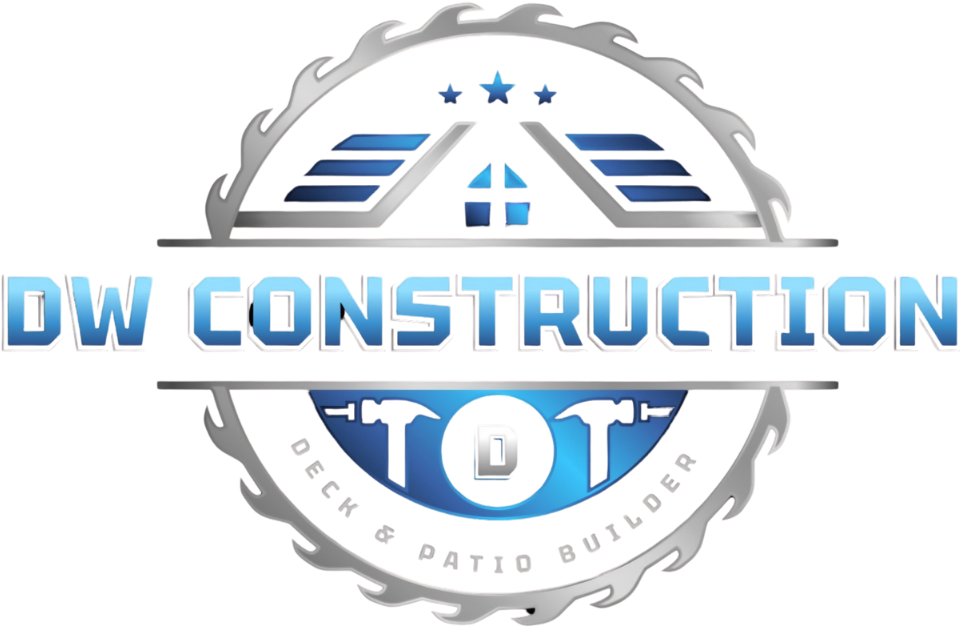Blending Hardscape And Softscape For Outdoor Balance
How To Integrate Plants Into Deck And Patio Design
When you picture the perfect outdoor space, chances are it’s not just a sea of green or a slab of concrete. It's that harmonious mix—the lush foliage brushing up against a stone path, a blooming flower bed cradled by a brick retaining wall, or a wooden pergola standing proud among ornamental grasses. That’s the magic that happens when hardscape and softscape elements are thoughtfully combined. Creating an outdoor space that feels cohesive and inviting is as much about contrast as it is about balance.
Structured Strength Meets Natural Beauty
Hardscape and softscape might sound like two different worlds, but they actually need each other. Hardscape is the backbone of your yard—the patios, walkways, retaining walls, fire pits, and other built features that give form and definition. Softscape, on the other hand, brings in the life: the trees, shrubs, flowers, and lawns that soften the edges and bring seasonal movement.
When these two elements are carefully blended, something special happens. The rigid, clean lines of a stone pathway, for instance, become warmer and more approachable when framed by flowering ground cover or draping ivy. A retaining wall isn’t just a functional necessity when you spill a cascade of ornamental grasses or cascading petunias over the top. It becomes a design feature, something that contributes to the overall feeling of the space.
That blending of textures and tones is what keeps a yard from feeling too sterile or, on the flip side, too unruly. Structured materials like concrete or flagstone bring order and function, while greenery and blooms breathe life into every corner. Together, they strike a rhythm that feels both grounded and alive.
Creating Flow And Purpose In Outdoor Design
One of the most overlooked aspects of outdoor design is the transition between different areas of a yard. You might have a patio for dining, a grassy spot for kids or pets, and maybe a garden in another corner—but without cohesion, these spaces can feel disjointed. That’s where a thoughtful combination of hardscape and softscape makes a real difference.
Instead of abrupt changes, the goal is to create transitions that feel intentional. A curved path made of pavers weaving through a bed of ferns and hydrangeas can guide people naturally from one space to the next. A pergola covered in flowering vines can help bridge the gap between a solid stone patio and a more untamed garden area. Even something as simple as matching the tones of your stonework to the foliage around it can add to that sense of continuity.
Flow isn’t just about looks—it’s also about how a space works. If the hardscape components help define the purpose of each area, the softscape softens those boundaries and encourages exploration. You’re not just looking at a yard; you’re moving through a series of experiences, each one layered with intention and texture.
Using Contrast To Your Advantage
There’s a certain chemistry that comes from contrast. When smooth granite meets the wild sway of ornamental grass, or a sleek concrete bench sits under the canopy of a leafy tree, the contrast draws the eye and makes you pause. It’s a design principle that’s been used forever in architecture and interiors, and it works just as well outside.
Hardscape tends to dominate the visual field with its weight and permanence. That’s why it benefits from the warmth and softness of living elements. Pairing the sharp geometry of square pavers with low, mounding plants adds interest and energy. Surrounding a sleek outdoor fireplace with climbing roses or tall perennials makes it feel less rigid and more a part of the environment.
And it’s not just about aesthetics. Contrast also serves a functional role. Trees and hedges can provide shade and privacy for seating areas, while decorative gravel or stone edging keeps soil from spilling onto walkways. It’s about using each material for what it does best and allowing them to support one another—visually and practically.
Contrast doesn’t mean chaos, though. The key is restraint. Too many textures or competing styles can start to feel cluttered. Instead, choosing a few complementary materials and repeating them throughout the space helps to anchor the design while still leaving room for variety.
Seasonal Shifts And Long-Term Planning
One of the subtle benefits of a well-balanced yard is how it adapts with the seasons. Hardscape gives the space structure during the winter months, when greenery fades back and flowers go dormant. That stone wall, brick border, or wooden trellis keeps the yard from feeling barren, offering visual interest when plant life is taking a break.
On the flip side, in spring and summer, the softscape takes the spotlight. Fresh foliage spills out from planters, vines climb across trellises, and bright flowers fill the gaps between paving stones. Because the foundation is already there, the seasonal layers feel intentional rather than temporary.
Planning for long-term growth is part of the equation too. The best designs aren’t static. They evolve. That tree you plant today will cast new shadows in five years. The vines will wind farther up the arbor. Even stone surfaces weather and change color slightly over time. When hardscape and softscape are combined with that future growth in mind, they age together in a way that feels organic and true to the space.
That’s not something you get with just one or the other. A yard made entirely of hardscape can feel lifeless. One made only of softscape might lack structure and durability. But together, they create a living, breathing landscape that feels timeless.
We believe in crafting outdoor spaces that feel as good as they look. It’s not about filling every inch with plants or laying down stone just because it’s low maintenance. It’s about understanding how materials and nature interact—and using that understanding to design spaces that are beautiful, functional, and full of personality.
At Delwood Construction, we know how to strike that balance. Whether you're reimagining your backyard from the ground up or just need help integrating a new feature into an existing space, we bring an eye for detail and a deep appreciation for the interplay between hardscape and softscape.
Contact us today, and let’s talk about how we can bring warmth, structure, and flow to your outdoor space—one thoughtful element at a time.


